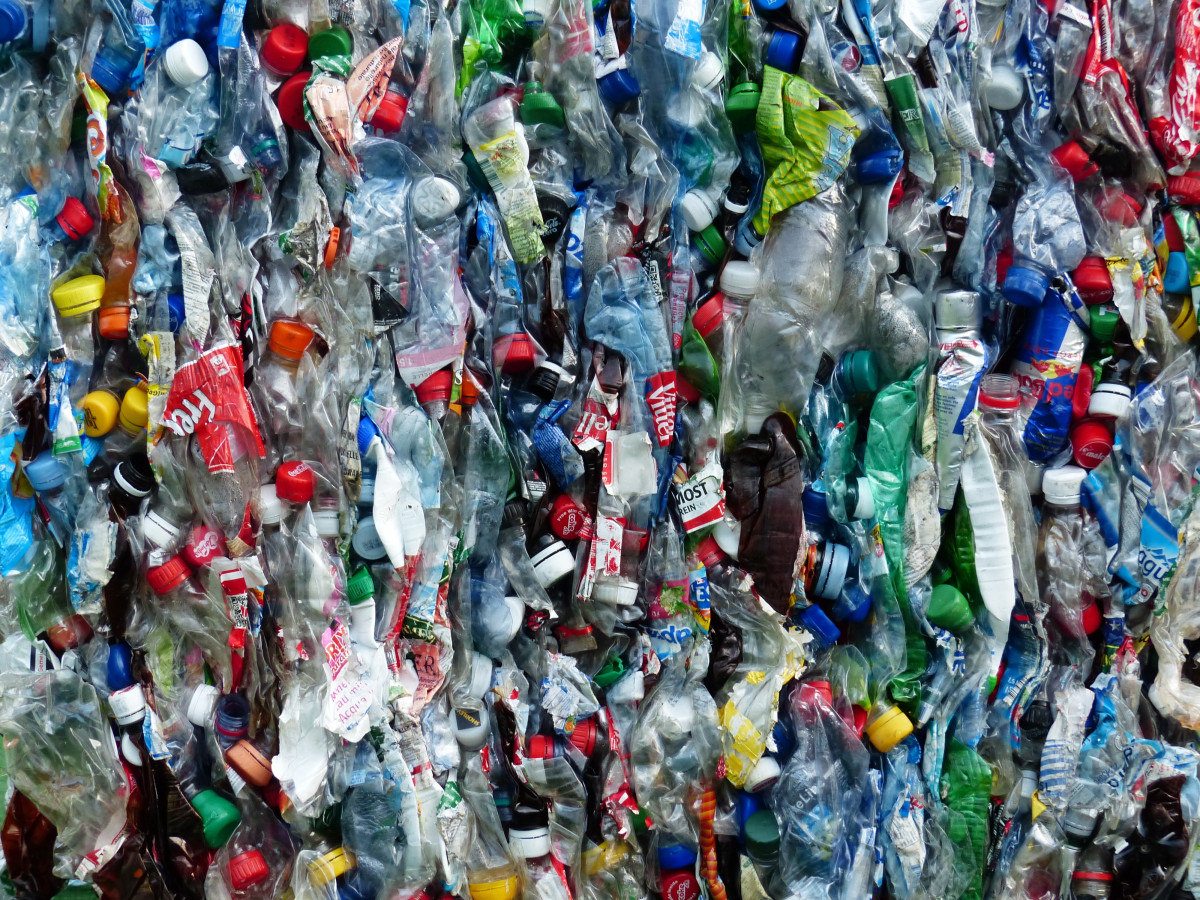
Welcome to Higginson Strategy’s weekly round-up of international news relating to plastic pollution.
This week, despite opposition by the EU Commission, MEPs have pushed through legislation imposing stricter safety standards on the transport of plastic pellets. A study from Tsinghua University revealed out of the 400 million tonnes of plastic produced in 2022, just under 38 million tonnes was produced from recycled plastic. Plastic pollution along Australia’s metropolitan coastlines has dropped by more than a third over the last decade. The US Environmental Protection Agency is looking to drop legislation protecting consumers from harmful PFAS. Finally, researchers from the University of Manchester revealed microplastics on the seafloor are mainly comprised of fibres from textiles and clothing, which are not effectively filtered out in domestic wastewater treatment plants.
EU Commission overruled as lawmakers extend microplastic controls
The European Commission has been overruled in its decision not to include maritime freight in its proposal to impose stricter safety standards on the transport of pellets, with MEPs creating the first legislation specifically aimed at accidental microplastic pollution.
The law – which awaits a rubber stamp from the parliament and EU Council – requires independent audits for medium and large operators, while companies handling over 1,500 tonnes of plastic pellets a year will have to obtain independent certification of conformity with the new rules.
Read more here.
Under 10 per cent of plastic made in 2022 used recycled material
Research by academics from Tsinghua University analysed the 400 million tonnes of plastic produced in 2022, revealing just under 38 million tonnes was produced from recycled plastic, 98 per cent of the remaining 362 million tonnes was produced from fossil fuels, predominantly coal and oil.
The study also revealed shows a significant increase in the amount of plastic being disposed of by incineration rather than recycling, with just 27.9 per cent of plastic waste disposed of in 2022 actually being recycled, despite rhetoric by producers, supermarkets and drinks companies about widespread plastic recycling.
Australia sees nearly 40 per cent decline in plastic pollution along major city coastlines
Plastic pollution along Australia’s metropolitan coastlines has dropped by more than a third over the last decade, according to new research by the country’s national science agency. Coastal plastic waste in major cities has fallen by 39 per cent since 2013, the study revealed, alongside a 16 per cent increase in surveyed sites where no debris was found.
Where plastic was found, common items were polystyrene fragments, making up 24 per cent of debris, and cigarette butts, which accounted for 20 per cent. Other frequently recorded waste items included food wrappers, bottle lids and caps, and hard plastic fragments.
Read more here.
Trump officials quietly move to reverse bans on toxic ‘forever chemicals’
The Trump Environmental Protection Agency is quietly carrying out a plan involves changing the way the agency carries out chemical risk evaluations, which would also pre-empt state laws that offer the one of few meaningful checks on toxic chemicals in consumer products, killing hundreds of bans on highly toxic PFAS “forever chemicals” and other dangerous compounds in consumer goods.
The bans, largely at the state level, touch most facets of daily life, prohibiting everything from bisphenol in children’s products to mercury in personal care products to PFAS in food packaging and clothing. If successful, the public would almost certainly be exposed to much higher levels of chemicals linked to a range of serious health issues.
Read more here.
‘Underwater avalanches’ create ocean microplastic hotspots
Underwater avalanches capable of moving at speeds of up to eight metres-per-second have been found responsible for moving vast quantities of microplastics into the deep sea, transporting plastic pollution from the continental shelf to depths of more than 3,200 metres.
The study from the University of Manchester revealed samples taken directly from these powerful currents are not only carrying just sand and mud, but a significant quantity of microplastic fragments and microfibres. Analysis revealed that the microplastics on the seafloor are mainly comprised of fibres from textiles and clothing, which are not effectively filtered out in domestic wastewater treatment plants.
Read more here.
